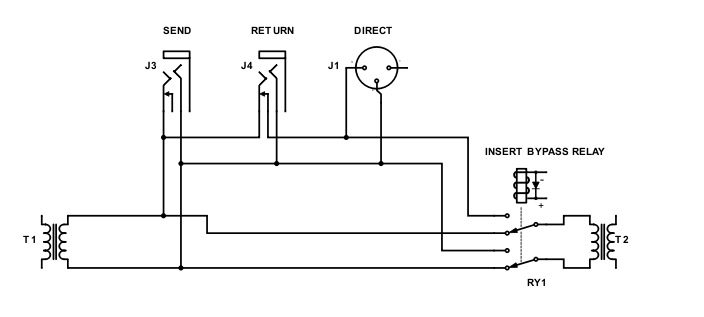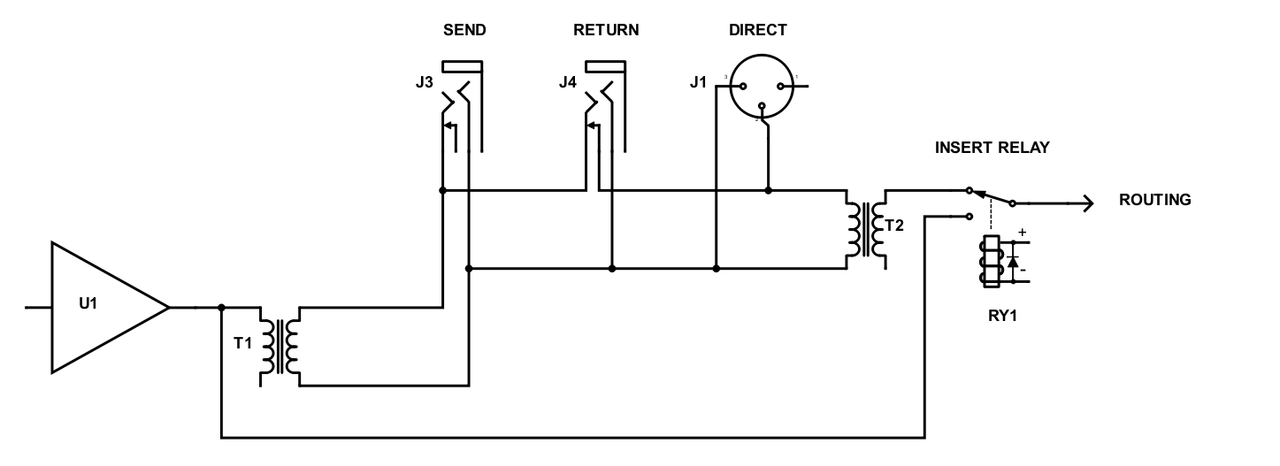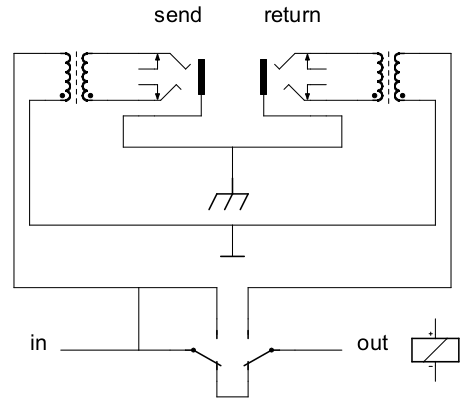ruffrecords
Well-known member
Suppose you have a mixer with a balanced insert, achieved by using transformers. So it goes unbalanced from the mixer via a transformer to the insert send then from the insert return via another transformer to the unbalanced mixer circuits.
If you want to switch this insert in or out, is it better/preferred to do it one the balanced side, keeping the transformers in circuit even when the insert is switched out, or on the unbalanced side thereby eliminating the path through the two transformers?
Cheers
Ian
Edit: Back in the day at Neve this was never and issue. Inserts were not switched so both transformers were always in circuit.
If you want to switch this insert in or out, is it better/preferred to do it one the balanced side, keeping the transformers in circuit even when the insert is switched out, or on the unbalanced side thereby eliminating the path through the two transformers?
Cheers
Ian
Edit: Back in the day at Neve this was never and issue. Inserts were not switched so both transformers were always in circuit.




![Soldering Iron Kit, 120W LED Digital Advanced Solder Iron Soldering Gun kit, 110V Welding Tools, Smart Temperature Control [356℉-932℉], Extra 5pcs Tips, Auto Sleep, Temp Calibration, Orange](https://m.media-amazon.com/images/I/51sFKu9SdeL._SL500_.jpg)






























